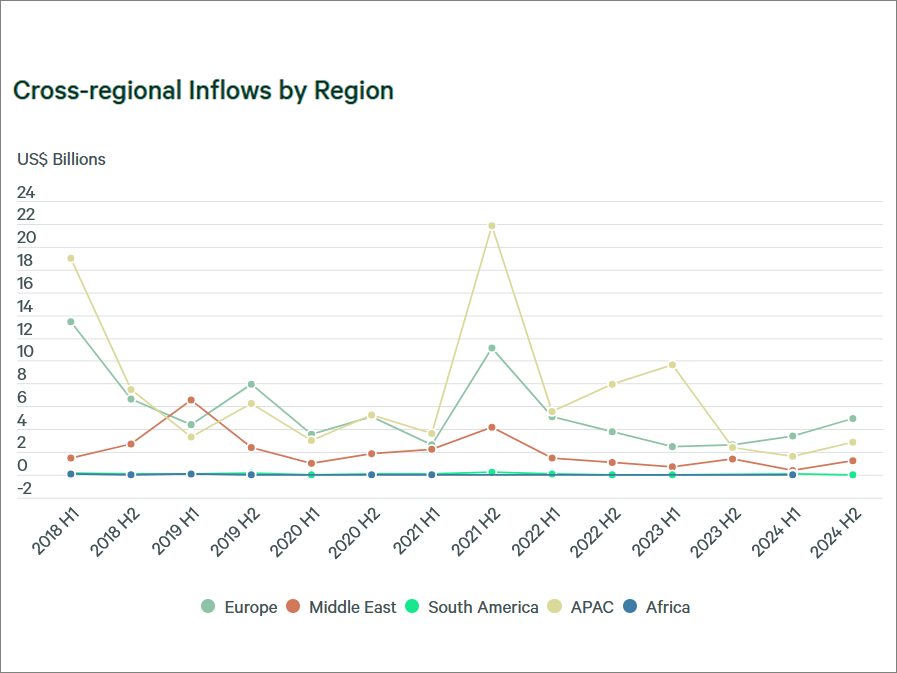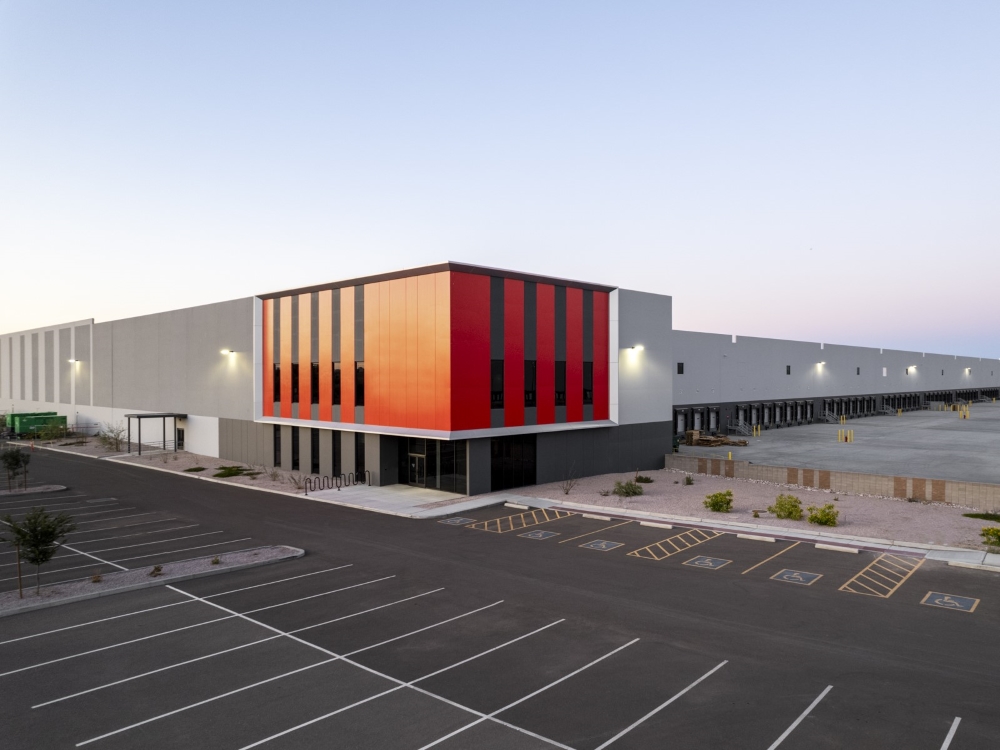Best Bets for Getting Financed
Debt capital remains abundant, but emerging developers and investors have a harder time tapping into the flows. Seasoned investment bankers offer successful strategies for getting financed now.

Photo courtesy of Dmitri Demidko on Unsplash
For those in search of financing for real estate deals, this is a flush time, Multifamily and commercial loan volume for 2019 is expected to come in around $652 billion, outpacing last year’s volume of $574 billion, according to Mortgage Bankers Association (MBA) forecasts.
Several sectors attracted significant year-over-year increases during the second quarter: multifamily, (15 percent), industrial (16 percent) and office (23 percent). With low interest rates and strong demand for multifamily and commercial assets, the outlook for 2020 loan volume is strong, as well, expected to reach $700 billion. With the expected increases in lending over the next few years, small real estate companies continue to search for ways to remain active among the big players.
Who’s Lending
Finding a lender willing to take a risk on an emerging company that likely lacks capital and has only a limited track record poses a significant challenge. But in spite of these challenges, capital is available for newer entrants in investment and development.
The most viable funding options for smaller companies are national banks, regional banks and even some private equity funds. Commercial banks do participate in the $20 million and under space, yet they underwrite conservatively and prefer to work with clients with whom they have developed a long-term relationship.
A community bank is much more likely to be receptive to the needs of an emerging real estate client. Some private equity funds, too, are willing to focus on small checks, said Jay Maddox, principal at Avison Young. “If your deal is $20 million and your equity requirement in total is $5 million, you can go to some of these funds and they’ll put in $4 million of the $5 million, as a limited partner.”

Jay Maddox Image courtesy of Avison Young
Debt funds, conduits, and for multifamily, the GSEs, are also likely sources. “Debt funds will be more expensive but will be willing to lend more,” noted Joseph Franzetti, senior vice president, Mortgage Banking at Berkadia, Moreover, debt funds are typically more receptive than banks to financing assets in transition.
Overcoming Obstacles
Maddox pointed out the three main challenges for a small company to secure financing are financial covenants, financial wherewithal, and track record. Sometimes, banks require a net-worth covenant: basically, the bank wants to see that the sponsor (anyone who owns 20 percent of the property or more) meets the liquidity covenant, which could be 50 to 100 percent of the loan amount. “Suddenly, to do a $10 million deal, the sponsor must have a $10 million net worth, that’s pretty tough,” he said.
One way to overcome this challenge is to bring in an equity or co-general partner. Franzetti noted that smaller banks offer an attractive option, as they “are subject to less regulatory scrutiny and are sometimes willing to be more aggressive, accept real estate entrepreneurs, and lend in tertiary markets.”
Track record is another key factor that banks weigh in lending decisions. When a startup company itself has no history, lenders look to the history of the team members. And if the principals lack individual or collective track records, bringing in a seasoned financial partner may be necessary.
Financing Terms

Joseph Franzetti Image courtesy of Berkadia
Franzetti is seeing a variety of LTV ratios. Larger banks tend to cap leverage at 70 percent loan-to-value, and smaller banks can get to 75 percent. Conduits are lending at 70-75 percent loan-to-value ratio, while debt funds will be in the 75-85 percent range. “There are always exceptions, though,” Franzetti said.
Maddox is seeing variance in interest rate spreads, with banks offering the lowest-cost capital. Assuming that the borrower can provide a repayment guarantee, spreads in the 300-basis point range are typical. He also noted that small loans tend to be almost all interest- only and most small investors are either buying properties for a value-add play or are building ground-up; they are typically not buying a stabilized asset for their portfolio.
Terms vary considerably by asset class, as well. Multifamily, industrial, and even self-storage tend to be the best asset categories to get started in, according to Maddox. Retail is a tough category to get financed, he added, although a good deal of existing inventory around the country is being reinvented. Franzetti cited multifamily as the easiest asset class to get acquisition financing for, thanks in large part to the liquidity of the GSEs.
Other asset classes that are challenging to get financed include office, which requires significant pre-leasing, and hotels, particularly properties that appear to lack a compelling market demand.
A parting thought from Maddox: “Don’t overreach on your early projects. Get a couple of base hits and doubles under your belt before you stretch for something really big.”







You must be logged in to post a comment.